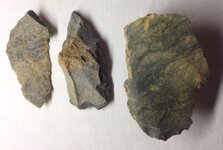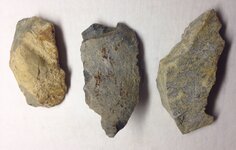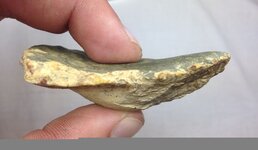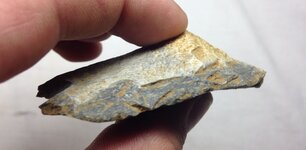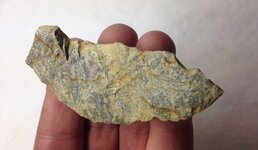rockheadhunter421
Sr. Member
- Mar 25, 2014
- 349
- 193
- Primary Interest:
- All Treasure Hunting
Here's some pieces of rhyolite I found. They look like they were used as simple tools for a survival situation. Are these tools or just rocks?
Attachments
Upvote
0


